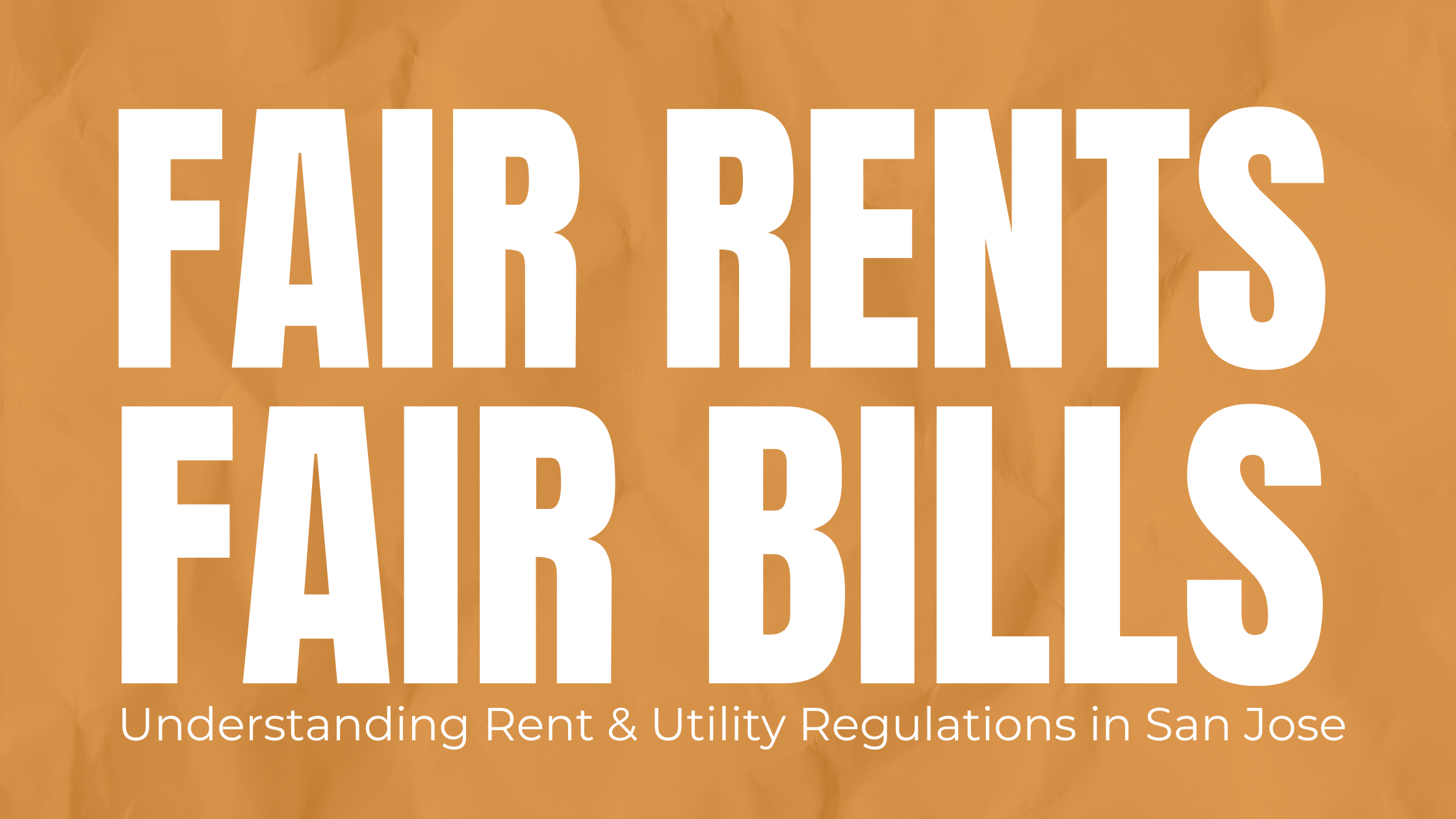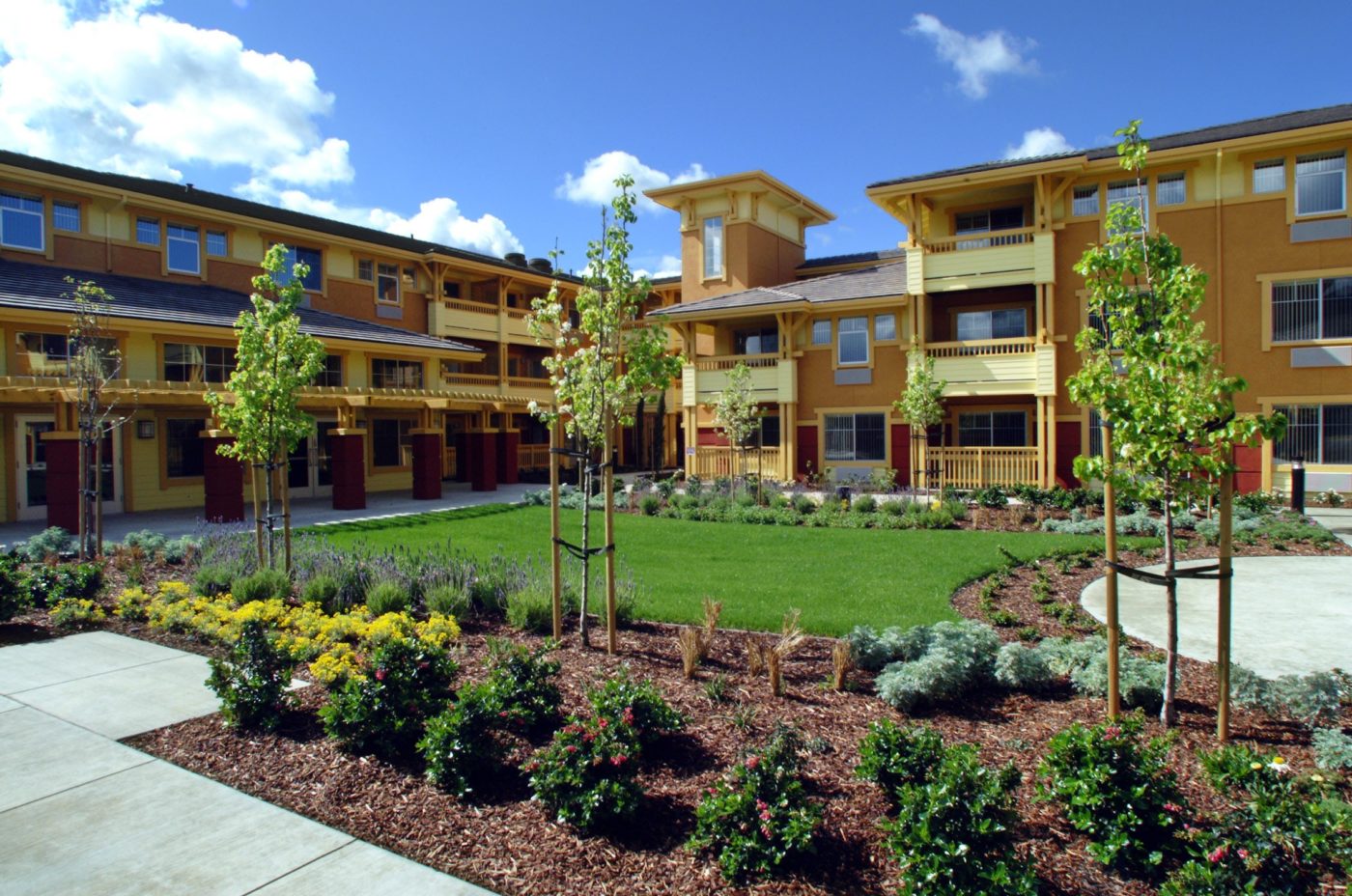On Tuesday, March 19th, the San Jose City Council received two reports on the housing crisis: the six month update on the Housing Crisis Workplan, and the Housing Element Progress Report.
The Housing Crisis Workplan was approved by Council in June of 2018 as an ambitious and wide-ranging effort intended to facilitate the development of 15,000 market-rate and 10,000 affordable residential units by 2020. In acknowledging that San Jose’s housing crisis stems from a complex set of factors, the workplan targeted ways to remove regulatory and administrative barriers to housing development, open up new areas for housing opportunities, and better integrate city departments in a coordinated response.
The staff report documented significant progress on workplan items ranging from completing updates to the City’s Accessory Dwelling Unit ordinance and opening up Urban Villages on the West Side, to moving ahead with the Nexus and Feasibility studies for the Commercial Linkage Fee. (See the full report here.) With more than 4,500 units pending Planning approval, and 14,255 new opportunities opened up by workplan actions, there was reason for confidence in continued progress for market-rate housing development in the city.
The situation for affordable housing presented in the workplan report was more challenging. As the table from the report included below shows, of all of new homes completed, under construction, or entitled last year, only 6% of the 3993 units were affordable. The report acknowledges that many of the workplan items remain in progress, and with a reported 2,441 perspective affordable housing units working their way into the pipeline and further streamlining in the works, the remaining challenge is clearly a shortage of funding.
![]()
The Housing Element Progress Report told a similar story. Every year cities are required to report on their progress towards meeting their Regional Housing Needs Assessment (RHNA) goals for the current cycle 2015-2023. RHNA goals are set by the Association of Bay Area Governments to reflect the new housing necessary at different income levels to meet the needs of projected population and employment growth. At the current rate, San Jose is on track to produce over 150% of its market rate targets and only %15 of its targets for low and very-low income housing. (Read the full report here.) While this isn’t unique to San Jose — many of the other cities in Santa Clara County and throughout the Bay Area are meeting market rate goals while building only a fraction of the necessary affordable units – it was nonetheless disheartening as the magnitude of the funding gap was reaffirmed.
Councilmembers proposed and voted to approve a number of valuable additions to the workplan:
- Councilmember Jones requested that staff explore purchasing market-rate developments for use as affordable housing. This item is included in the Housing Department’s Affordable Housing Investment Plan (AHIP) coming to Council next month (see the AHIP report here).
- Councilmember Esparza called for consideration of fee reductions for affordable projects that include Permanent Supportive Housing or opportunities for other extremely-low-income households. For many years, the City exempted affordable housing development from various fees and charges. While affordable housing development still pays lower parks fees, all other fee reductions and exemptions were eliminated a decade ago.
- Councilmember Peralez called for an update on the City’s Housing Dispersion policy. First approved in 1988, the city’s dispersion policy seeks to disperse affordable housing throughout the city and to ensure that no part of the city is off limits to housing for families earning lower- and moderate incomes. It is time for the city to look at the effectiveness of the dispersion policy and to determine whether revisions are needed.
- Mayor Liccardo requested an update of the High-Rise Residential Incentive program, which has exempted high-rise residential development from inclusionary housing requirements and fees since the beginning of the current RHNA cycle. Given the high costs associated with this development type, the administration and council have extended this exemption in efforts to produce more market-rate housing downtown. During the discussion, staff reported that if the residential high-rises in the current pipeline were able to go forward within the normal Inclusionary Requirements, the projects could generate as much as $80 million in housing impact fees or create as many as 480 new affordable units.
San Jose has continued to be a leader in housing development, including affordable housing. However, the two reports heard by the Council identify areas of concern–
While there is lots of good news– 4,500 homes receiving planning approvals, and a healthy number of market rate permits issued during the year– there are signs of concern. Only 797 market rate homes received a certificate of occupancy over the course of the year, and a worrisome 112 receiving planning approvals. There is concern that projects are not moving forward, even though they have received permits, resulting from external factors including availability of financing due to softening rents.
The number of affordable homes being permitted and built is far too low. To meet its RHNA goals, the city needs to permit more than 1,800 homes for lower-income households and more than 770 homes for moderate-income households annually. While there are many homes now in the development pipeline, the 2018 numbers– 81 receiving planning approvals, 146 obtaining building permits, and 30 completed– are dwarfed by these goals and by the need. Clearly the city needs an all hands on deck approach in response.
A key factor in addressing the affordable housing need is the need for more funding, highlighting the critical importance of the city’s work to look at new sources, including a Commercial Linkage Fee and a potential March 2020 bond measure.
On deck is the annual update of the Affordable Housing Investment Plan (AHIP), which was heard by the Community and Economic Development Committee on Monday, March 25th and will go before the City Council on April 9th. The Plan shows recent progress and introduces new priorities for housing preservation and ELI housing. The main take away, however, is that even leveraging all of the possible funds and programs, San Jose will likely come up over 4,200 units ($528 million) short of the goal of 10,000 new affordable homes by 2022. The work of securing more funding will continue.
SV@Home will be at the Council meeting in April to express our comments about the city’s progress and actions going forward.

